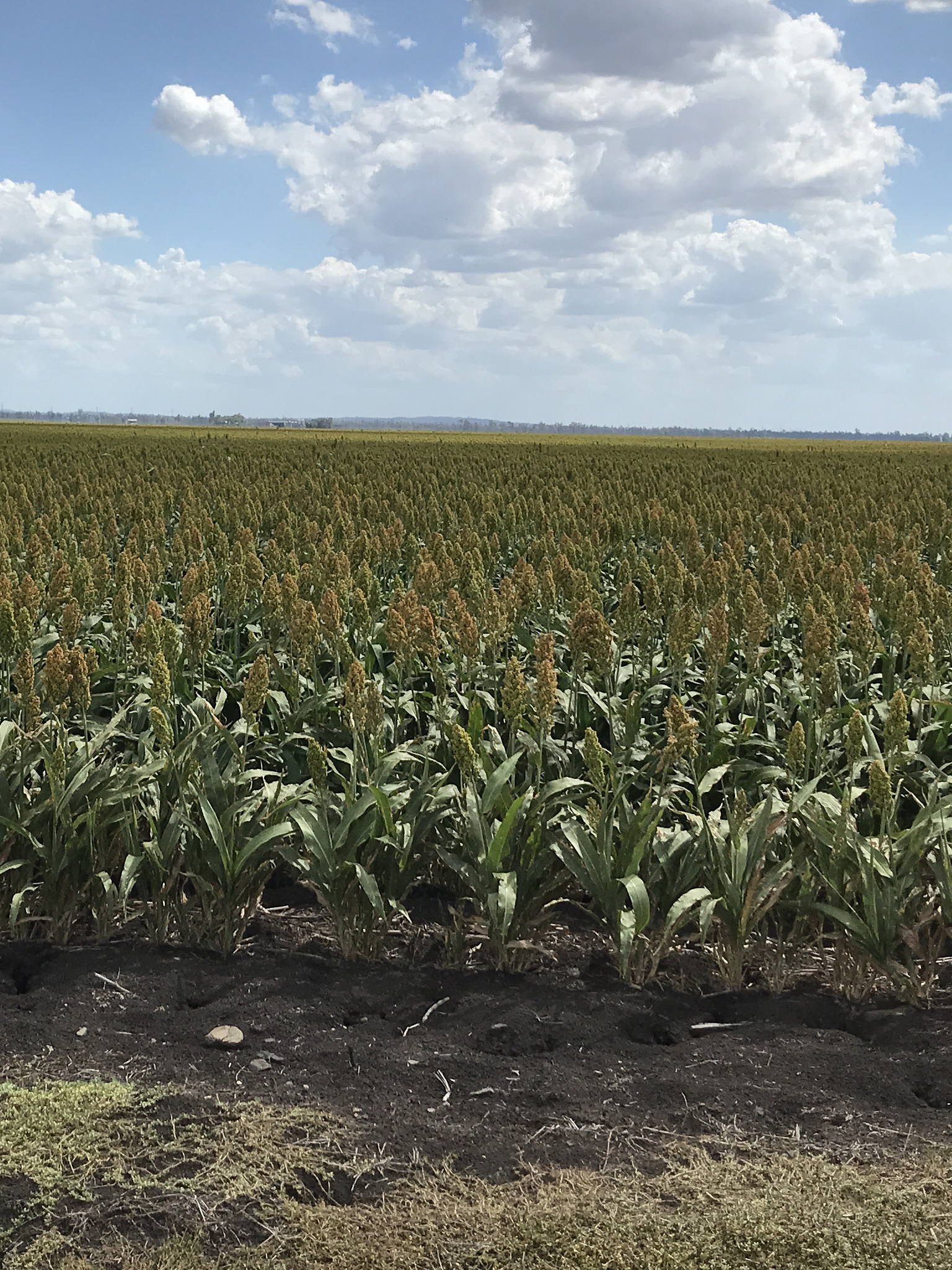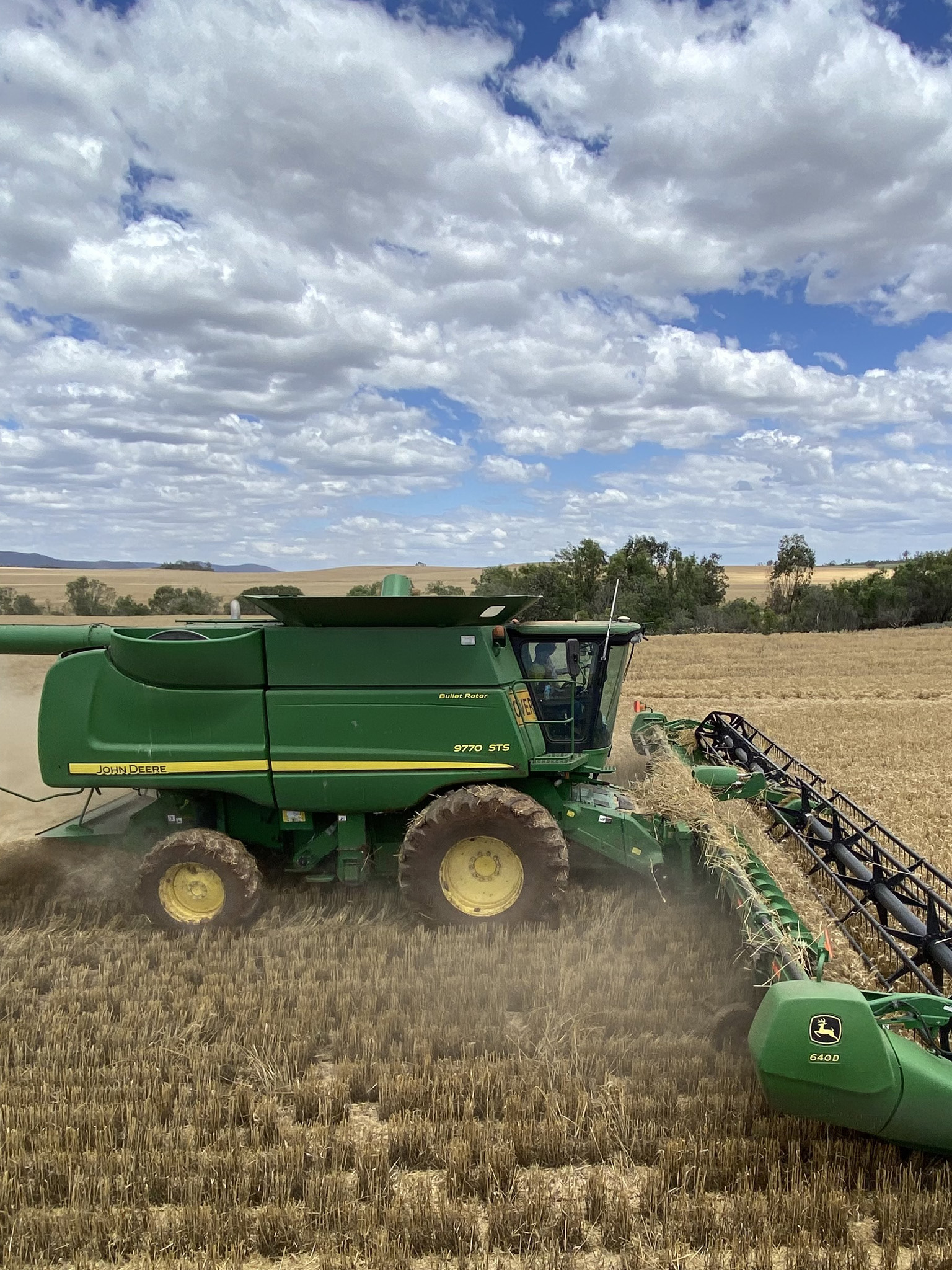Surging exports a boom for brand Australia
By Matthew Trewin
2020 has been a forgettable year for lots of reasons, from bushfires to Covid-19. But the year is shaping up to be completely memorable as one of the best cropping seasons in recent times.
One of the benefits of a large crop is not just the benefits to growers, but the export opportunities it presents and this year is shaping up to be a big one for Brand Australia. After successive years of below average seasons and strong local prices feeding the domestic market, Australian exports have been quieter than usual. This has created big opportunities for other origin grains, namely the Black Sea, who have been competitive and visible in markets that were considered traditional for Australia. Argentine wheat has also been a factor in South East Asian markets in recent times.
But all that has changed. The Black Sea had a smaller crop by their incredibly voluminous standards and farmers there have held onto grain more tightly. Conversely, the Australia crop has been at near record levels and the export supply chain is cranking up big time.
Pleasingly, we are seeing the return of some traditional customers in East Africa and the Gulf States. Australia has been a traditional exporter to these regions but due to a lack of supply and an Australian wheat price driven by drought, we were outpriced by the Black Sea into these markets which are increasingly cost conscious.
There is also surging demand for Australian grains coming out of South East Asia. South East Asia is another traditional market for Australia, and is the natural home for our exports with a distinctive freight advantage. Relationships with this region have been built up over decades and it is pleasing to be able to present so strongly in export markets again after seasons of drought and seeing supply flow from other origins. There is no doubt that many in these markets will be happy to see improved availability of Australian wheat. Australian wheat is prized for its quality in these parts, providing a brighter and creamier flour from which noodles are made. Red wheats tend to produce a flour and noodle more speckled and grey in colour. Demand for grains in this region is also buoyed by shifting consumption patterns and a growing appetite for protein, with feed grains used to support local pork, poultry and aquaculture. We continue to monitor the situation regarding China as we see them as a very important trade partner for Australian grain.
There is also an increase in demand for Australian barley coming out of South East Asia, especially from Vietnam and Thailand. Japan too has returned to take more of their traditional allocation.
Of course, it is no surprise that Saudi Arabia, as the largest buyer of barley in the world, is also a major buyer of Australian barley this year which is well priced comparative to other feed grains. Barley exports go to feed the Saudi’s significant feed industry.
The strong season in Australia will not just be a blessing for Australian farmers whose businesses and spirits will be lifted with increased revenue. It will also be a blessing for Brand Australia, who can once again supply our export customers with the volume and quality of product that they have come to expect from us over decades. We need this continuity to keep our export markets and trade relationships strong.
Putting Your Best Foot Forward

As headers in Central and Southern New South Wales and Victoria continue their efforts to complete harvest ahead of Christmas, growers in the north have largely wrapped up both their harvest and marketing programs for 2020 and are looking up the road to see if 2021 brings with it some fresh opportunity.
Read MoreWater saving efficiency wins Cargill Australia recognition

Cargill Australia (Newcastle Facility) has been recognised as a leader in water management and efficiency by the Hunter Business Chamber at its recent 2020 business awards.
Read MoreChristmas comes early on the east coast

For most farmers across the east coast, Christmas came early this year. The build up to this year’s crop was highly anticipated and so far, it hasn’t disappointed. Grain continues to fly into bulk handlers and on-farm storage at rapid rates with growers hoping to be finished harvest by Christmas.
Read MoreRecords breaking as harvest progresses south

The month of November has been one of the busiest in recent years with over 7 million tonnes of grain received into the bulk handling system on the east coast alone coinciding with the New South Wales harvest close to 75% completed.
Read More